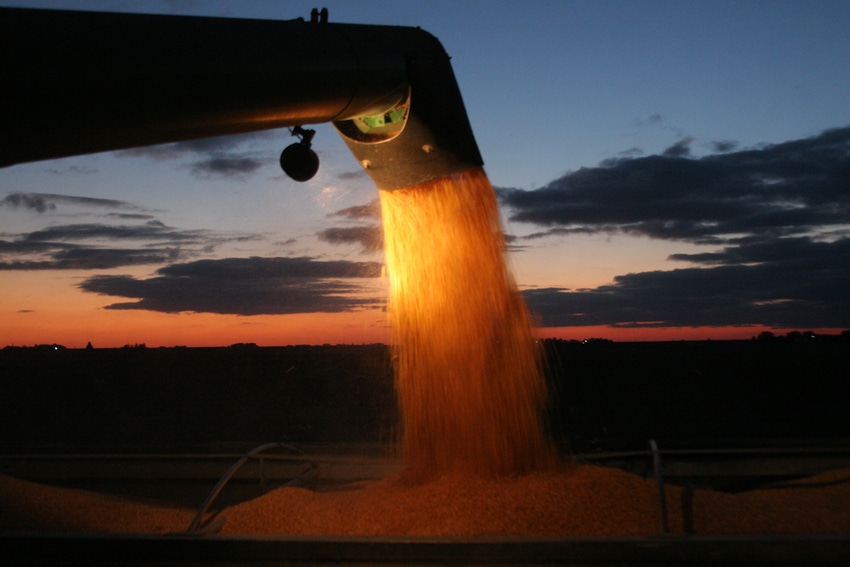
NASS predicts 2011 corn crop up 4% from 2010
In its Aug. 12 report, the National Agricultural Statistical Service (NASS) forecast 12,914 million bushels of corn production in 2011, up 4% from 2010 levels. To meet this production level, corn yields in Illinois and Iowa need to be near the average of historic, trend-adjusted yields.
August 19, 2011

In its Aug. 12 report, the National Agricultural Statistical Service (NASS) forecast 12,914 million bushels of corn production in 2011, up 4% from 2010 levels. To meet this production level, corn yields in Illinois and Iowa need to be near the average of historic, trend-adjusted yields.
If NASS projections contained in the Aug. 12 crop production report hold true, there will be a change in composition of total production across states (see Figure 1). States projected to gain over 100 million bu. are Iowa (281 million), Illinois (144 million), Nebraska (133 million), and South Dakota (107 million). Except for Illinois, these states are centered in the western corn-belt. States that are projected to have large loses are Indiana (-43 million), Kansas (-86 million), and Texas (-122 million). Losing states have had weather related issues. Indiana has been hampered by a wet spring, followed by dry weather in July. Kansas and Texas are having a major drought.

NASS projections include state yield estimates. To put 2011 projected yields in perspective, the 2011 projected yields are compared to trend-adjusted yields from 1972 through 2010. Each yield from 1972 through 2010 has been adjusted by the linear trend. This puts each previous yield in terms of today’s bushels. The 2011 yield is then ranked compared to the trend adjusted yields.
Results of these comparisons are shown in Figure 2. Take Illinois for example. Illinois has a projected 2011 yield of 170 bu. This 170-bu. projection has 45% of the trend-adjusted yields from 1972 through 2010 below it. The 45% is near 50%, suggesting that the 2011 projected yield is near the average the average of historic, trend-adjusted yields.

Note the following for the four states projected to gain over 100 million bu.
Iowa’s 177-bu. projected yield for 2011 is near the historic average as 54% of the trend-adjusted historical yields are below the 2011 projected yield. The 2011 yield is 12 bu. above the 2010 yield of 165 bu.
Illinois’ 170-bu. projected yield for 2011 is near the historical average as 45% of the trend-adjusted yields are below the 2011 projected yields. The 2011 yield is 13 bu. higher than the 2010 yield of 157 bu.
Nebraska’s 166 bu.projected yield for 2011 is below the historical average as only 38% of the trend-adjusted historical yields are below the 2011 projected yield. The 2011 yield is the same as the 2010 yield.
South Dakota’s 141-bu. projected yield for 2011 is above average as 68% of the trend-adjusted yields are below it. The 2011 yield is 6 bu. above the 2010 yield of 135 bu.
Further note the poor yields for Texas and Kansas. Texas’ 122 bushel yield for 2011 only has 3 percent of the trend-adjusted yields below it and Kansas’ yield of 110 bushels will be the lowest trend-adjusted yield since 1972.
Overall, the U.S. has a projected yield of 153 bu. The 153-bu. yield has 20% of the trend-adjusted yields below it, indicating that the 2011 projected yield is below the average of trend-adjusted yields. The yield is below average because of the poor yields in many states, but particularly the drought stricken areas of the southern Great Plains. The national yields would be much worse had not yields in other areas been closer to average. In particular, the close to the trend-adjusted yields in Iowa and Illinois yields are needed for there not to be further erosion in the national yield.
- Gary Schnitkey, Department of Agricultural and Consumer Economics, University of Illinois
You May Also Like



